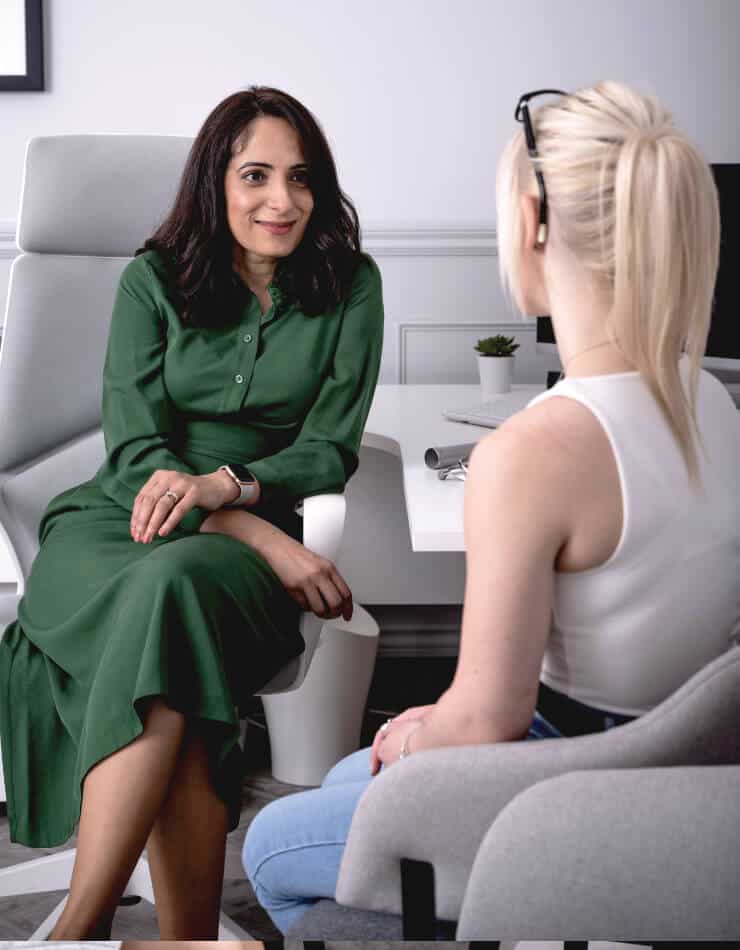Hello, readers! Dr. SkinSaver here, ready to dive into a topic that’s not just skin-deep: melanoma. With skin cancer rates on the rise, understanding how to prevent melanoma has never been more crucial. So, can melanoma be prevented? Let’s explore the facts, tips, and actionable steps to keep your skin healthy and radiant.
Understanding Melanoma
Melanoma is the most serious type of skin cancer, originating in the pigment-producing melanocytes in the skin. While it’s less common than other skin cancers, melanoma is more dangerous because it’s more likely to spread to other parts of the body if not detected early. Key risk factors include excessive sun exposure, tanning bed use, fair skin, family history of melanoma, and having many moles.
Prevention Tips: Your Skin’s Best Defence
Preventing melanoma involves a combination of smart lifestyle choices and regular skin checks. Here are some top tips to keep your skin safe:
1. Embrace the Shade
One of the simplest and most effective ways to protect your skin from harmful UV rays is to seek shade, especially during peak sun hours (10 AM to 4 PM). Whether you’re at the beach or out for a walk, find a spot under a tree, use an umbrella, or wear a wide-brimmed hat.
2. Sunscreen Savvy
Using sunscreen is a must. Here’s how to do it right:
– Broad-Spectrum Protection: Choose a sunscreen that protects against both UVA and UVB rays with an SPF of 30 or higher.
– Generous Application: Apply a generous amount of sunscreen to all exposed skin 15 minutes before going outside. Don’t forget often-missed spots like the ears, neck, and tops of your feet.
– Reapply Regularly: Reapply every two hours, or more often if you’re swimming or sweating. Even water-resistant sunscreens need a refresh!
3. Cover Up
When it comes to protecting your skin, the more coverage, the better:
– Clothing: Wear long-sleeved shirts, long pants, and skirts made from tightly woven fabrics.
– Hats and Sunglasses: A wide-brimmed hat can protect your face, ears, and neck. Sunglasses that block 100% of UV rays protect your eyes and the delicate skin around them.
4. Avoid Tanning Beds
Tanning beds are a significant risk factor for melanoma. The UV radiation from tanning beds can be even more intense than natural sunlight, increasing your risk of skin cancer. Embrace your natural skin tone and skip the tanning beds.
5. Regular Skin Checks
Early detection is key to effectively treating melanoma. Here’s how to stay vigilant:
– Monthly Self-Exams: Perform a self-exam every month to check for new moles or changes in existing moles. Use a mirror to check hard-to-see areas, and don’t forget your scalp, soles of your feet, and between your toes.
– Professional Skin Exams: Schedule annual skin exams with one of our dermatologists, especially if you have risk factors for melanoma. Your dermatologist can track any changes and catch potential issues early!
Recognising The Signs Of Melanoma
Knowing the warning signs of melanoma can save your life. Remember the ABCDEs of melanoma:
– Asymmetry: One half of the mole doesn’t match the other half.
– Border: Edges are irregular, ragged, notched, or blurred.
– Colour: The colour is not uniform and may include shades of brown, black, pink, red, white, or blue.
– Diameter: The spot is larger than 6mm (about the size of a pencil eraser), although melanomas can be smaller.
– Evolving: The mole is changing in size, shape, or colour.
The Role Of Genetics
While lifestyle changes can significantly reduce your risk, it’s important to acknowledge the role of genetics. If you have a family history of melanoma, discuss with your doctor about additional preventive measures and possibly more frequent screenings.
Final Thoughts
So, can melanoma be prevented? While no method is foolproof, taking proactive steps to protect your skin from UV radiation, avoiding tanning beds, and performing regular skin checks can significantly lower your risk. Remember, early detection is vital, so stay vigilant and consult your dermatologist if you notice any changes in your skin.
Stay safe, stay sun-smart, and here’s to healthy, happy skin!

